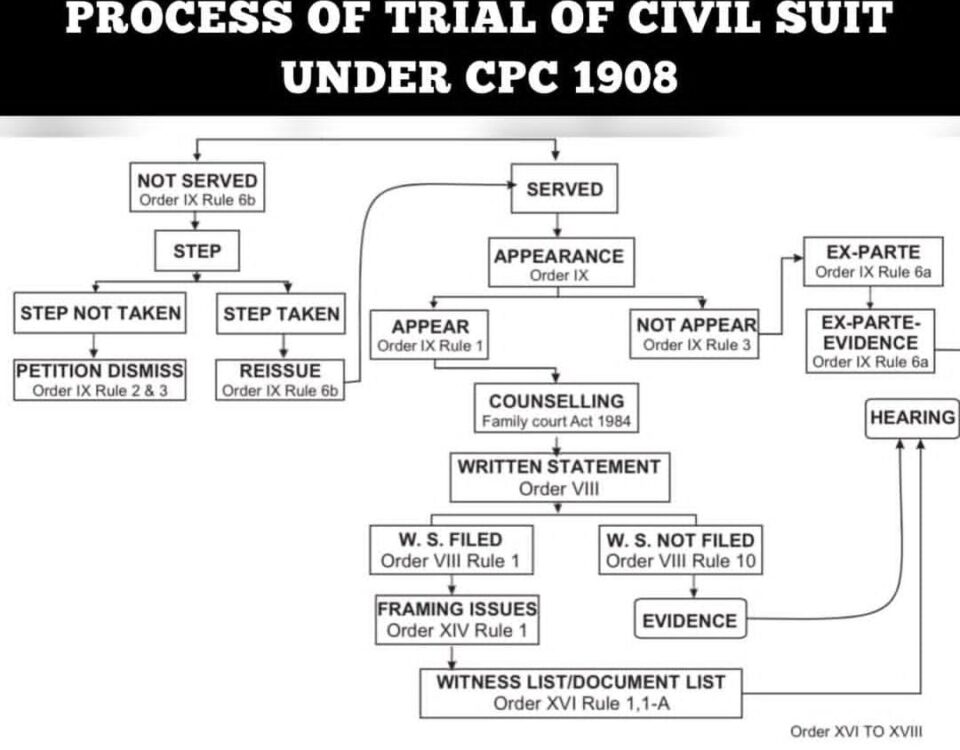- Top-rated Best Lawyer in Ghaziabad
- +91 9616166166
- [email protected]

Understanding Section 125 of the CrPC: A Comprehensive Guide
May 22, 2025
CrPC vs BNSS: Key Differences in Criminal Procedure Timelines You Should Know
May 26, 2025Fraud can be a distressing experience, whether it’s identity theft, financial scams, or online fraud. Knowing how to file a complaint effectively is crucial to seeking justice and protecting others. This guide outlines the step-by-step process to report fraud, ensuring your concerns are addressed by the appropriate authorities.
Step 1: Identify the Type of FraudThe first step is to understand the nature of the fraud. Common types include credit card fraud, phishing scams, investment scams, or identity theft. Identifying the fraud type helps determine which agency or organization to contact. For instance, financial fraud might involve your bank, while online scams may require reporting to cybercrime units. Gather all relevant details, such as dates, amounts, communications, and evidence like emails or receipts.
Step 2: Collect EvidenceEvidence is the backbone of any fraud complaint. Compile all related documents, including bank statements, transaction records, screenshots of fraudulent communications, or contracts. If the fraud occurred online, preserve website URLs, email headers, or chat logs. Create a timeline of events to provide a clear narrative. This documentation strengthens your case when presenting it to authorities or institutions.
Step 3: Contact Your Financial InstitutionIf the fraud involves financial transactions, immediately notify your bank, credit card company, or payment platform. Most institutions have fraud departments to handle such cases. They may freeze your account, reverse unauthorized transactions, or issue refunds, depending on their policies. Provide them with your evidence and follow their specific procedures, which may include filling out a fraud dispute form.
Step 4: File a Complaint with Law EnforcementFor significant fraud cases, report to local law enforcement or a dedicated cybercrime unit. In the U.S., you can file a report with the Federal Trade Commission (FTC) at ReportFraud.ftc.gov. The FTC collects fraud complaints to build cases against scammers. For online fraud, the Internet Crime Complaint Center (IC3) at www.ic3.gov is another key resource. Provide detailed evidence and a clear account of the incident. In other countries, check for equivalent agencies, such as Action Fraud in the UK.
Step 5: Report to Consumer Protection AgenciesConsumer protection agencies can offer additional support. In the U.S., the Consumer Financial Protection Bureau (CFPB) handles complaints about financial products. State-level agencies, like the Attorney General’s office, also address fraud complaints. These organizations may mediate disputes or escalate cases to regulatory bodies. Ensure you submit all evidence and follow their reporting guidelines.
Step 6: Notify Credit BureausIf the fraud involves identity theft, contact major credit bureaus like Equifax, Experian, and TransUnion to place a fraud alert or credit freeze on your accounts. This prevents further unauthorized activity. Request a copy of your credit report to check for unfamiliar accounts or inquiries. Dispute any fraudulent entries directly with the bureaus.
Step 7: Stay Vigilant and Follow UpAfter filing complaints, monitor your accounts and credit reports for suspicious activity. Follow up with agencies or institutions to track the progress of your case. Some fraud investigations take time, so patience is key. Consider taking preventive measures, like updating passwords, enabling two-factor authentication, or enrolling in identity protection services.
Conclusion
Filing a complaint against fraud requires prompt action, thorough documentation, and engagement with the right authorities. By following these steps, you can protect your finances, seek justice, and help prevent others from becoming victims. Stay proactive and informed to navigate the process effectively.


